Case Number : Case 1697 - 29 November - Dr Uma Sundram Posted By: Guest
Please read the clinical history and view the images by clicking on them before you proffer your diagnosis.
Submitted Date :
Case History: 10 yr old girl with linear lesion on left plantar forefoot overlying 1st metatarsal.
Case Posted by Dr Uma Sundram
Case Posted by Dr Uma Sundram

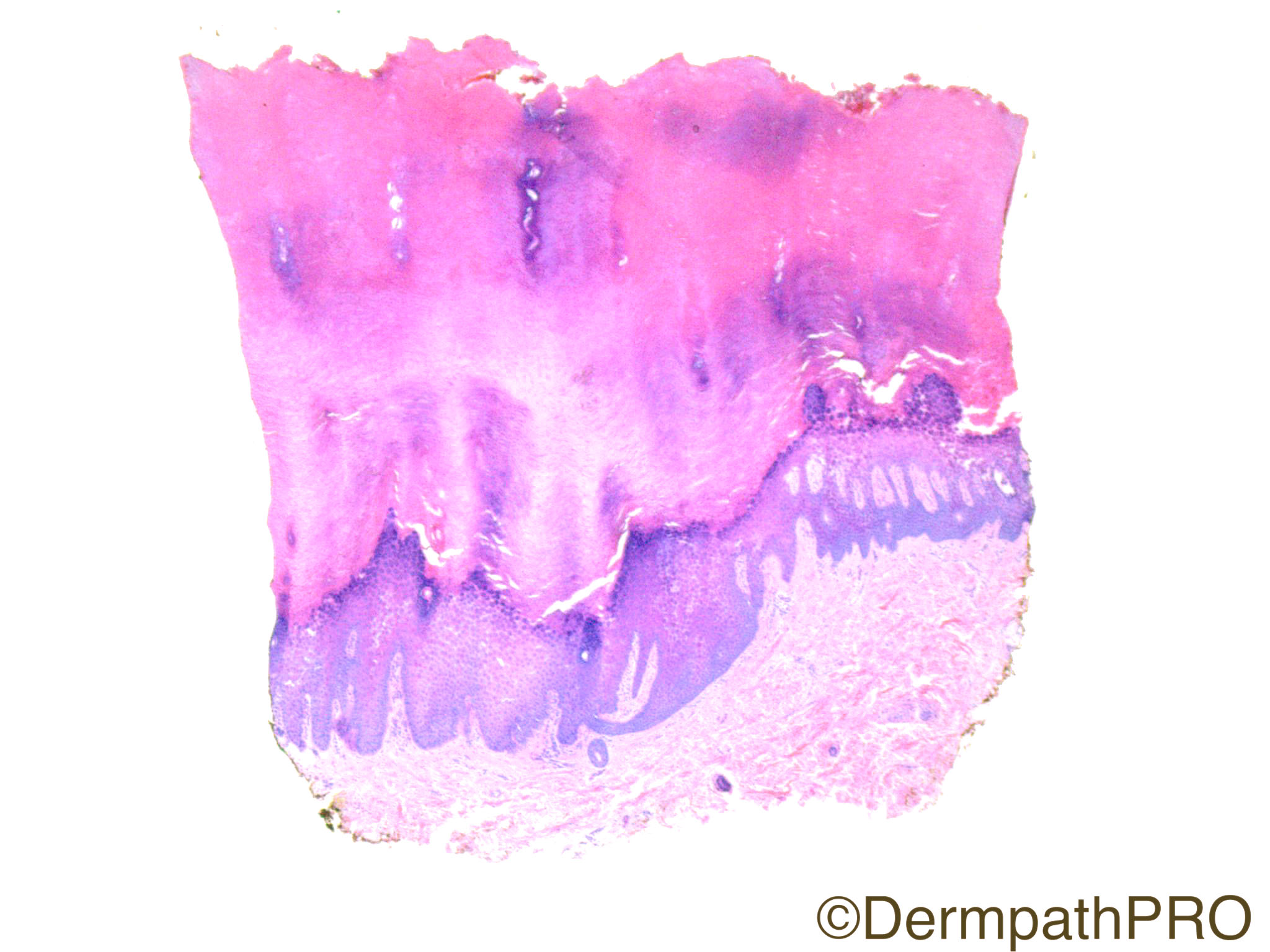

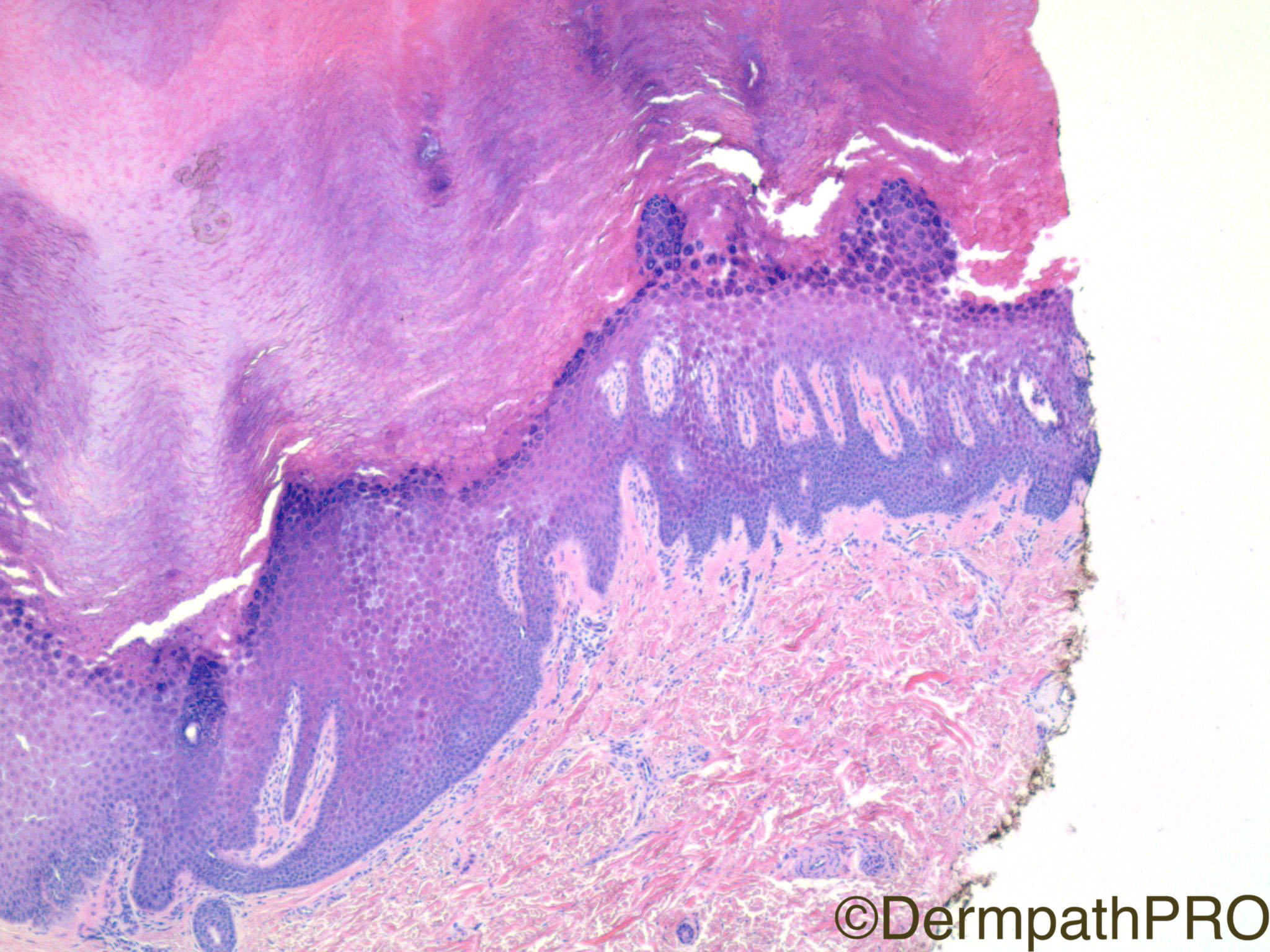
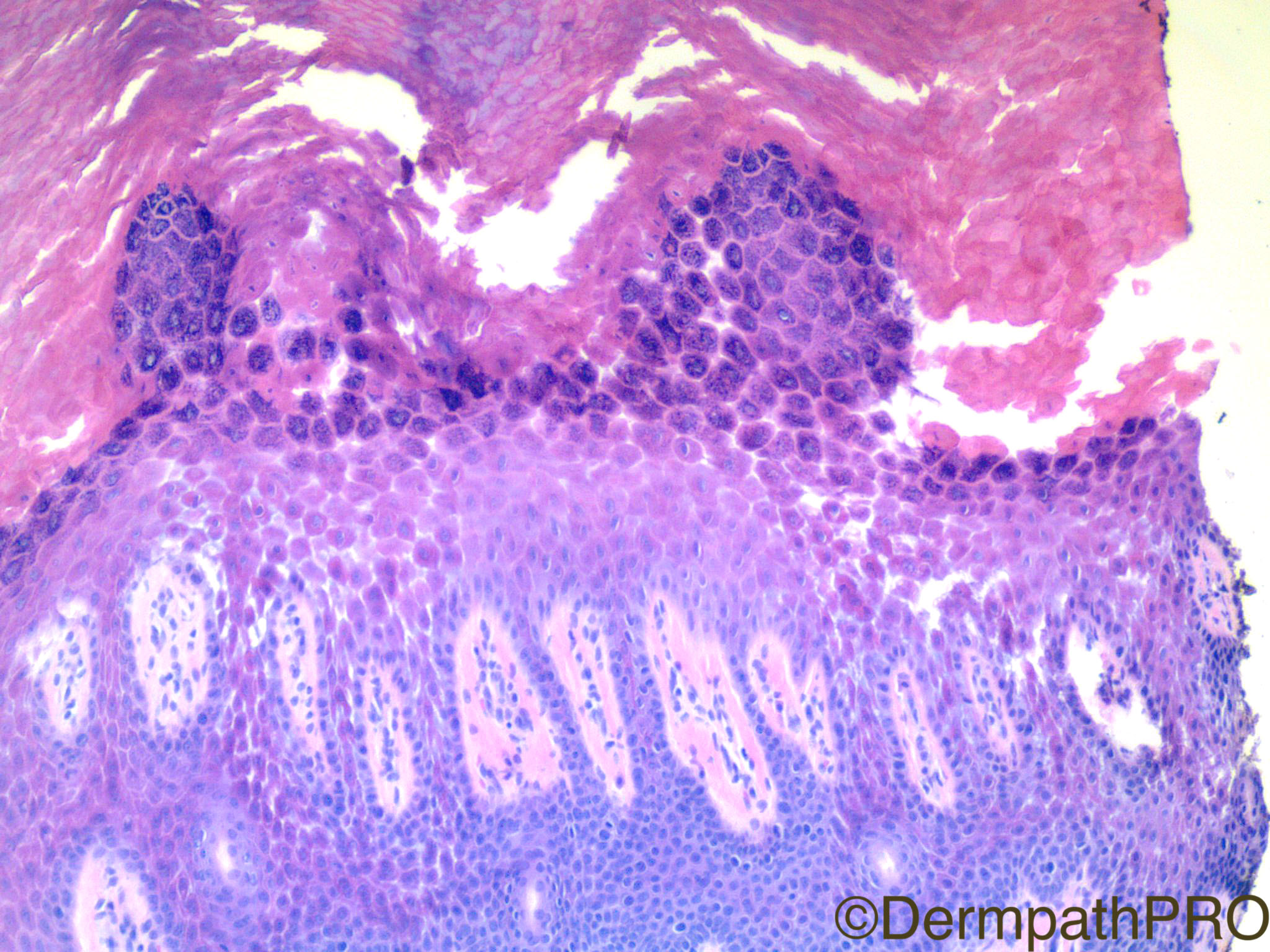
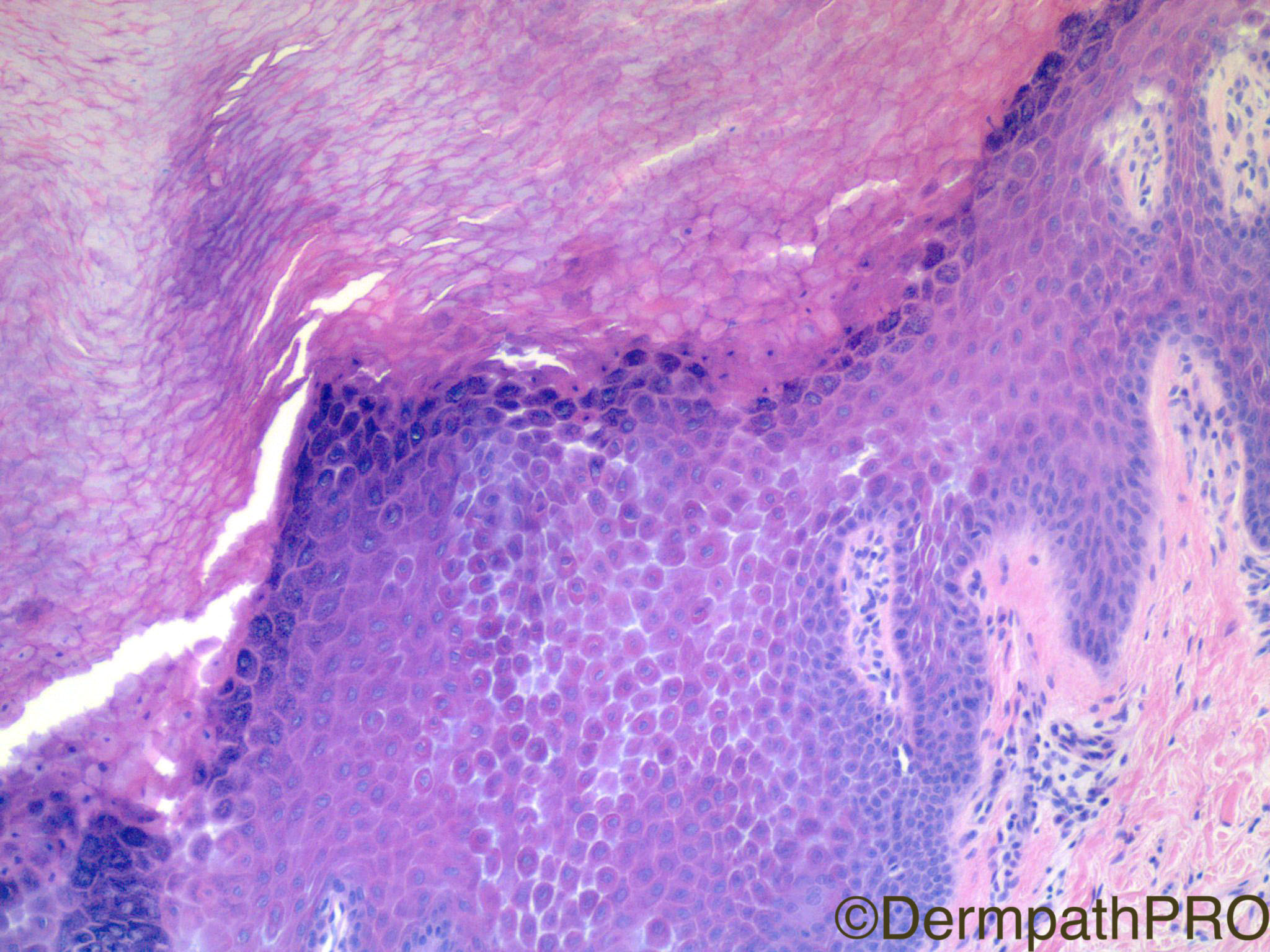

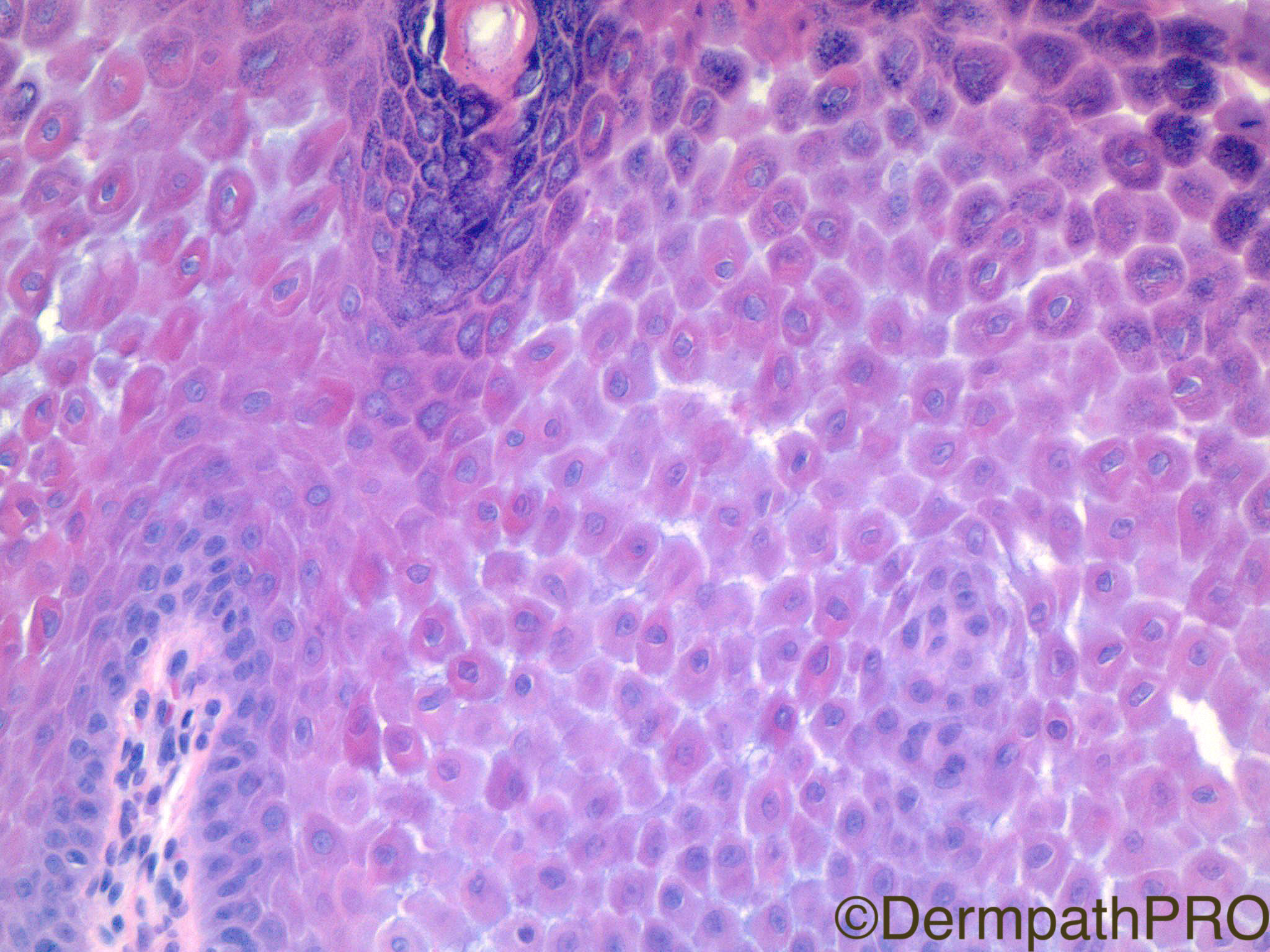
Join the conversation
You can post now and register later. If you have an account, sign in now to post with your account.